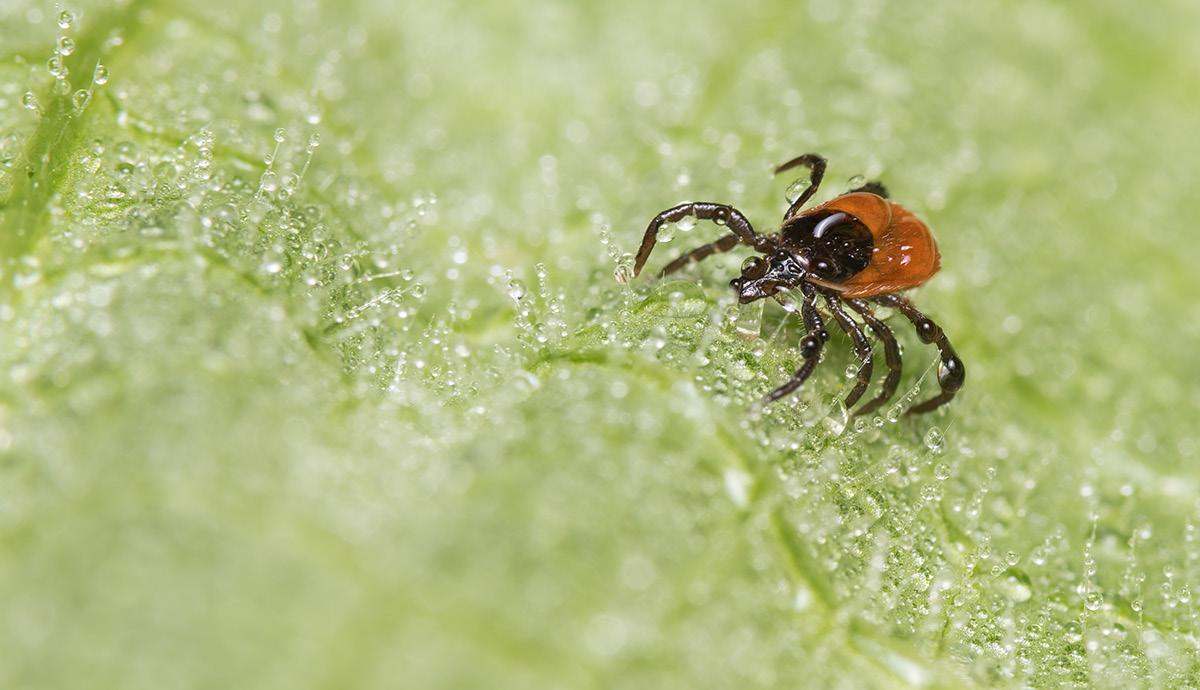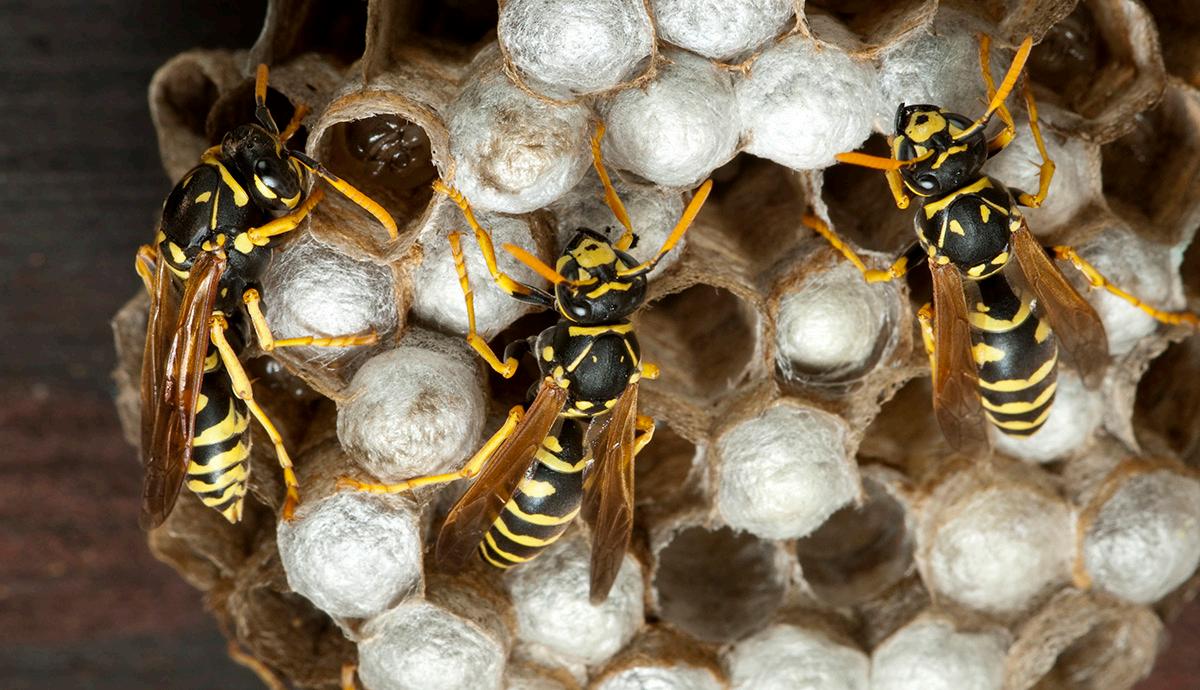
5 minute read
What Is It And Will It Hurt Me?
Garrett Dietz
Garrett Dietz is a public information officer in the DNR’s Office of Communications.
Prepare For Common Outdoor Encounters When Adventuring In The Wisconsin State Park System
You wake up in the middle of the night to a rustling sound outside your tent. Your first thought is usually something nightmare-inducing, like a bear rearing back to rip through the canvas or a snake looking for an opening to slither into your sleeping bag.
In all likelihood, there’s no cause for alarm.
Most things you’ll encounter while camping or day-tripping at a Wisconsin state park, forest, trail or recreation area are pretty harmless. If you see rustling in the woods or hear a noise at night, it’s probably a common visitor, like a squirrel or raccoon.
But just because there aren’t many things to worry about in Wisconsin doesn’t mean all you’ll encounter is harmless. Here’s a list of some things to watch for in the outdoors.
Pesky Plants
Poison Ivy: This native plant produces oil that’s well known for causing itching, irritation and, in severe cases, blistering. The best way to prevent contact is to learn to identify this three-leaved plant. Take precautions when in the woods by wearing long sleeves, pants and gloves.
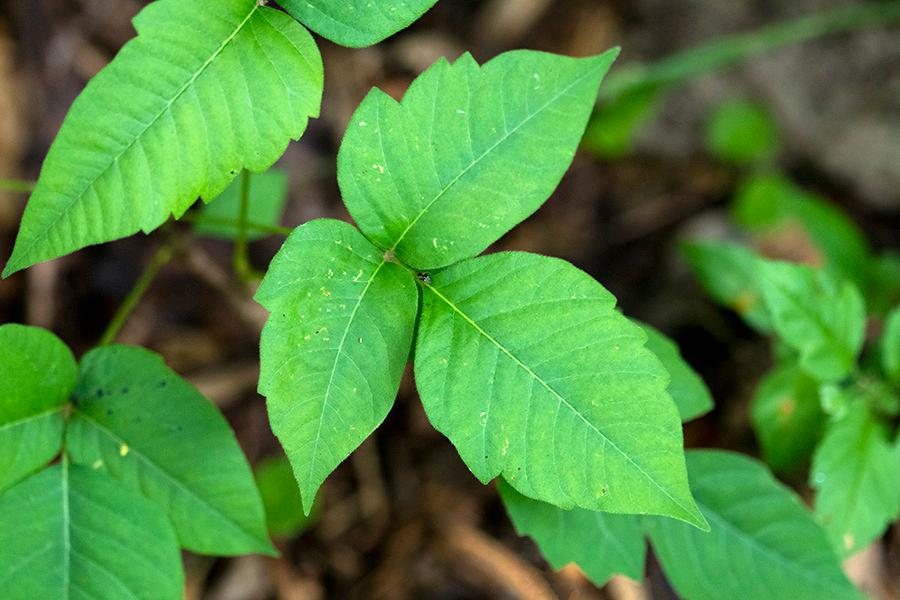
Wild Parsnip: An invasive plant with grooved stems and yellow flowers, wild parsnip can quickly take over a landscape. Its sap can cause skin burns when exposed to sunlight. If you think you’ve been exposed, cover the affected area and wash with soap and water.
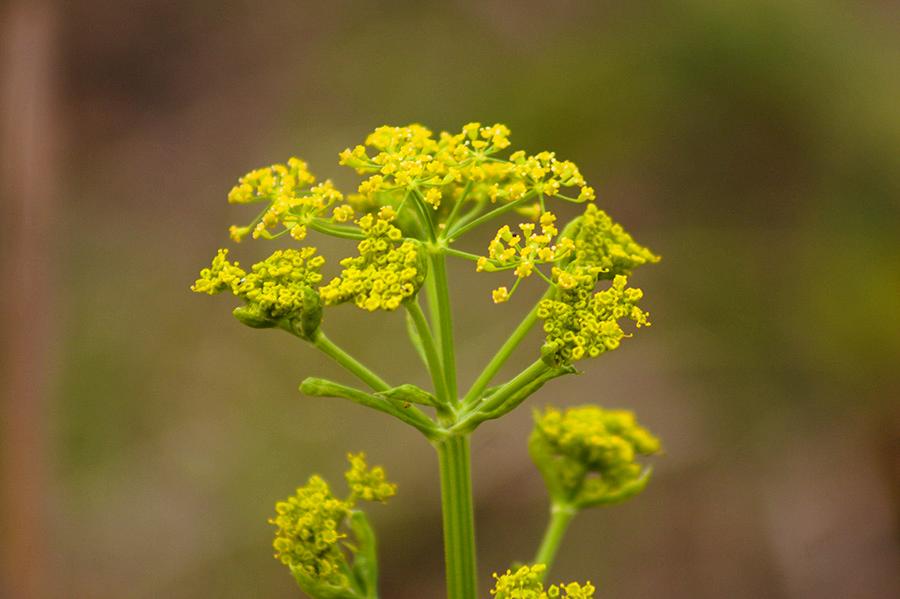
Stinging nettle: Hairs from this large (2-7 feet tall) perennial plant inject several chemicals when coming in contact with the skin, causing welts, inflammation and a burning sensation. Removing the hairs and using cooling lotions can help reduce symptoms.
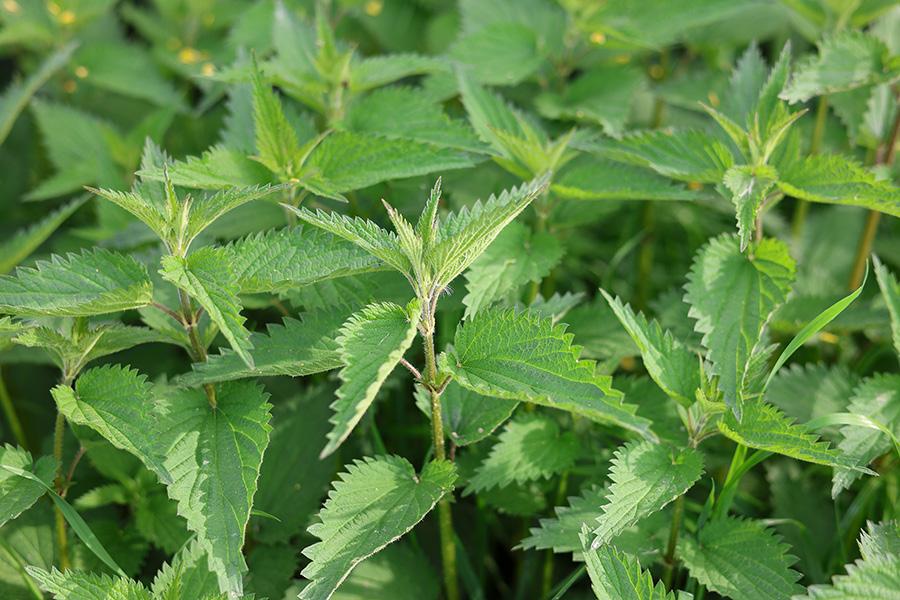
Worrisome Wildlife
Short-tailed shrew: Weighing about an ounce, these furry creatures — classified as insectivores, not rodents — spend much of their time underground, often relying on echolocation to maneuver. They’re voracious eaters that use venomous saliva to subdue prey. A bite could cause painful swelling for humans but is not life-threatening.
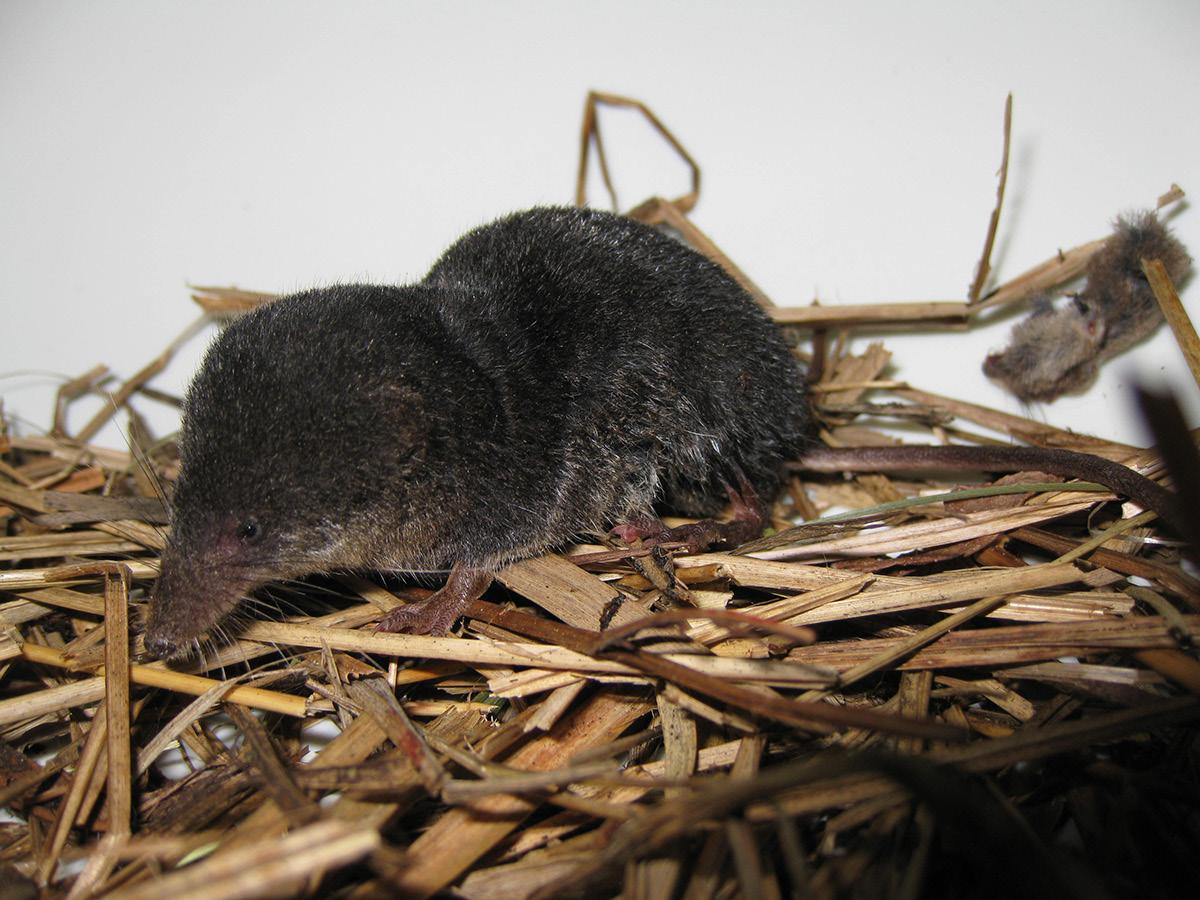
Coyotes: A common sight across much of Wisconsin, coyotes don’t pose much risk to humans in the wild but have been known to attack small pets. If you’re hiking or camping with a four-legged member of the family, be sure to keep them close and on a leash, especially at night or in areas known to be frequented by coyotes.
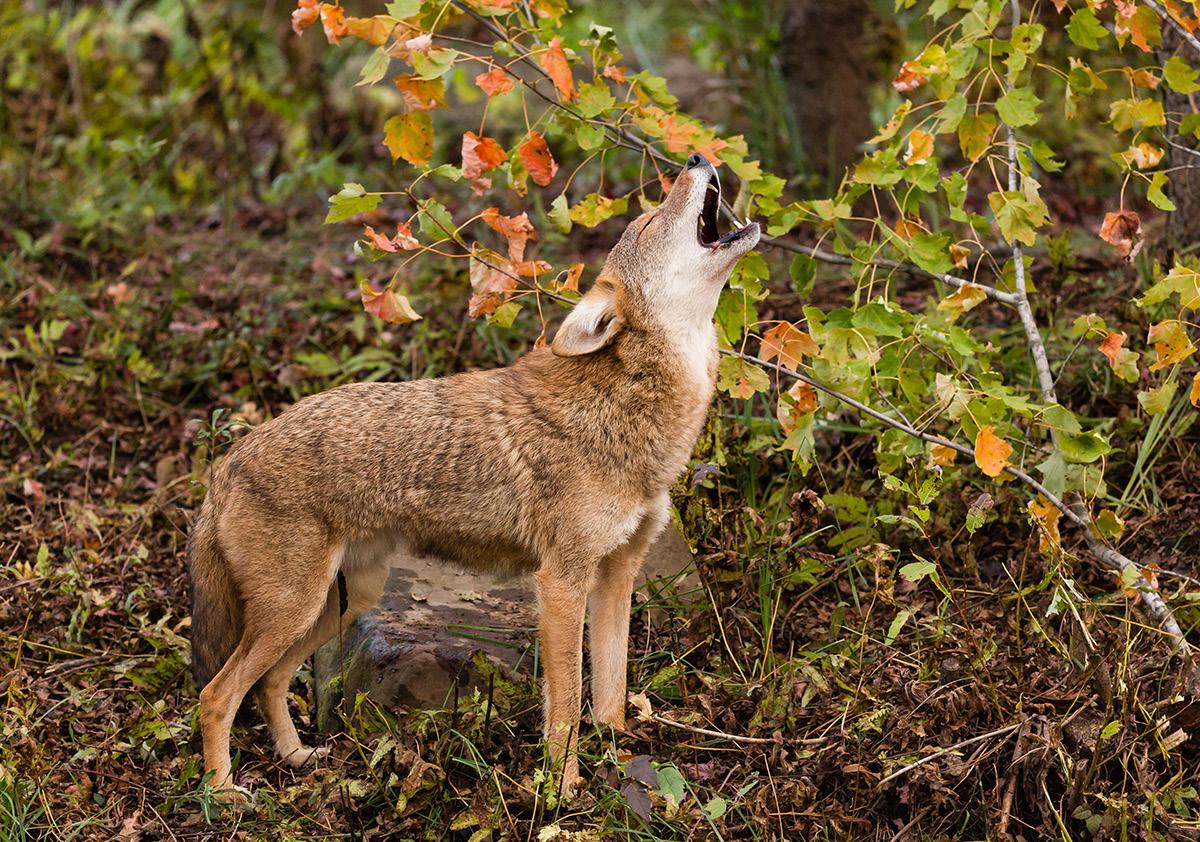
Black bears: While their teeth and claws might make them look scary, bears usually stay away from humans and attacks are exceedingly rare. But be cautious, especially when cubs are in the picture. For more about being bear aware, see Page 54.
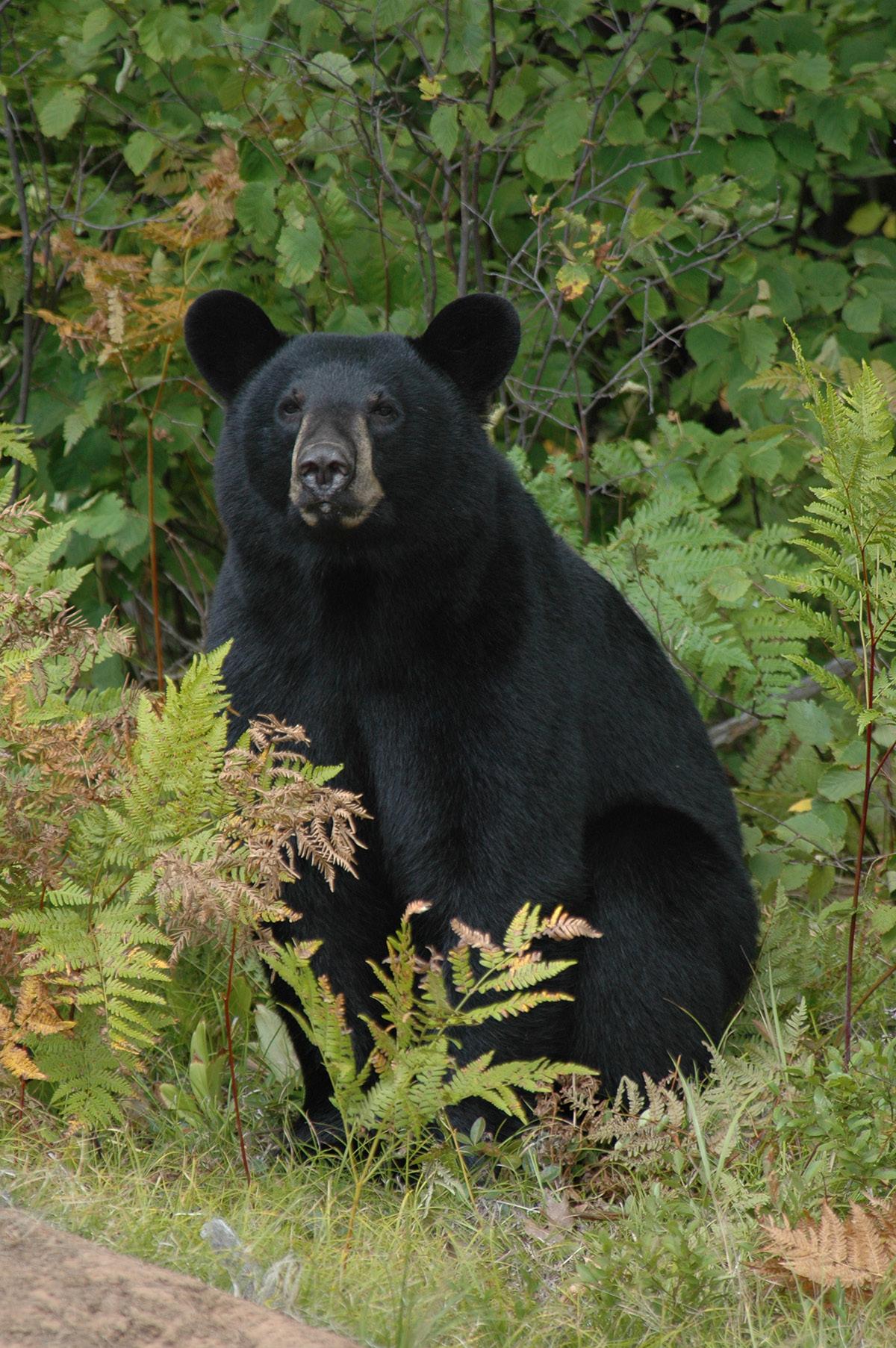
Remember Reptiles
Rattlesnakes: Wisconsin has two venomous species — the timber rattlesnake and eastern massasauga. Both are found only in the southwest portion of the state and are rarely seen. They belong to the family of snakes known as pit vipers, which can be identified by their rattles, vertical eye pupils and pits next to their nostrils.
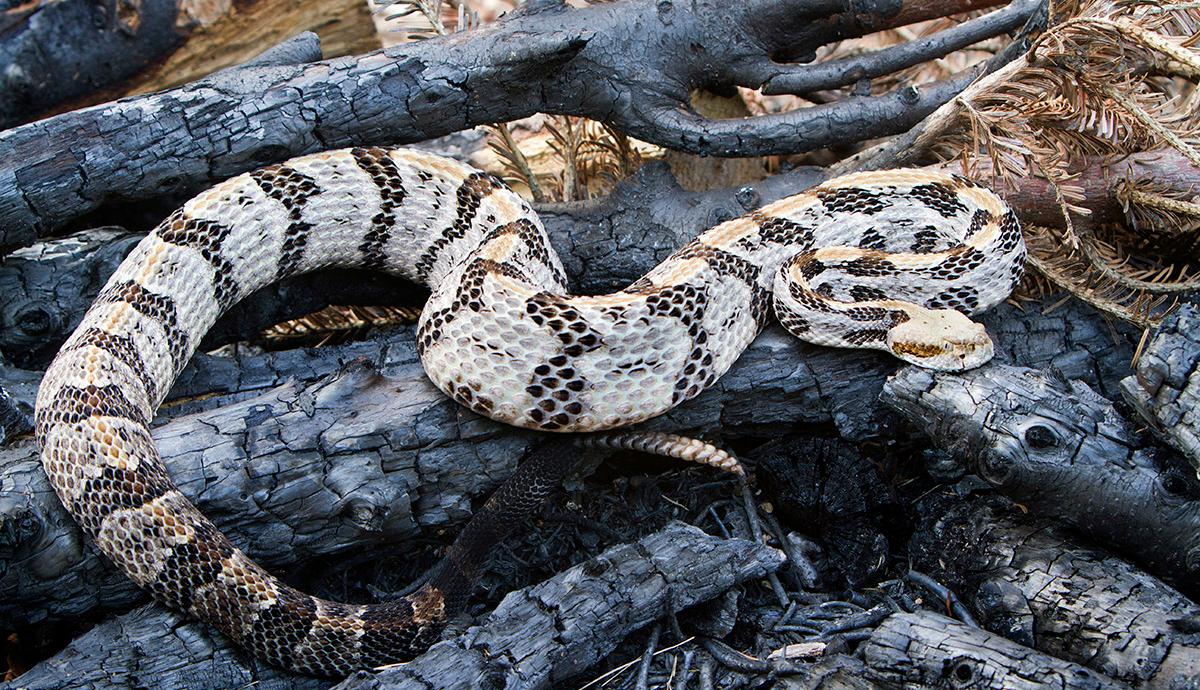
Snapping turtles: They aren’t usually a cause for concern, but bites, especially from snapping turtles, can be a painful experience for your fingers and toes. Snappers are most aggressive on dry land, so steer clear when possible and hold them away from your body if you pick them up to help them across a road.

Insects & Ticks
Bees and wasps: Buzzing by, they might give us a scare. However, bees and wasps aren’t naturally aggressive and usually only sting when their nests are disturbed or they feel trapped. If you get stung by a honeybee, it leaves both its stinger and a poison sac behind. Never squeeze a honeybee sting. Instead, use a fingernail or plastic card to scrape at the wound and push out the stinger without injecting more poison.

Ticks: These eight-legged, leathery, blood-feeding relatives of mites attack when they find exposed flesh and can stay attached for days. Deer ticks are the only known carrier of Lyme disease in Wisconsin and are common in wooded areas with lush understories or shrubby materials. Wear long sleeves and pants to protect from these parasites and do a thorough tick check promptly after outdoor activity, including for pets. To remove a tick, use tweezers and grasp it as close to the head as possible.
